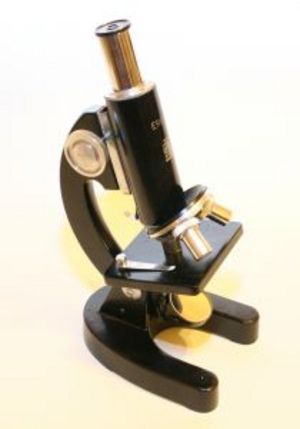Kettle corn is familiar to visitors to countless county and state fairs and various festivals and shows as a delectable popcorn lightly coated with a syrup with just the proper delicate balance of both sugary sweetness and saltiness.
CORNY ORIGINS
So where did kettle corn come from? There’s no unanimity on its origins, but German settlers of the 1700’s are most often credited with brining it to this country. Others claim it was more like the mid- to late-1800’s.
In the midwest farm fields, the corn would be cooked up in the large kettles used for cooking that hung in the fireplace. An alternative suggestion is that German farmers would render lard from hogs using the big cast iron kettles which they would turn to to make kettle corn.
Mike Kaiser of the Okawville Flying Kernels, a fund-raising group in Okawville, Illinois heard something similar. “They used to use these kettles, the farmers would do the butchering and stuff, they would have a large …and they would use this and they would make a batch of popcorn to clean the kettle. Kind of a traditional start there for kettle corn, at least that’s the way I understand it.”
Whatever the precise origins, the practice caught on. Early kettle corn makers would put lard and popcorn into the kettle, stir the corn with a wooden paddle, and, to get the sweet taste add a blend of sugar, honey, or molasses, presumably depending on what was at hand and in how much. Thanks to the syrup coating, it was found it could even be stored for a bit.
By the 1900’s, street vendors and vendors at state fairs could be seen with their large kettles, heating them up, then stirring and mixing constantly to keep the kernels from burning, producing a very popular commodity.
Kettle corn became an institution.
CORNY SALES
The Flying Kernels make a handful of local appearances to raise fund for repairs and renovations of the Schlosser House Museum in Okawville. “I popped almost a thousand bags one day, and I’ve also popped as few as 80.” Generally speaking, deep summer isn’t a good time for kettle corn sales said Kaiser.
CORNY BUSINESS
Before getting into the business, talk to others already selling kettle corn. How are they doing, what shows are they going to, what would they do if starting out, what do you need, where did they get their equipment, how hard was it to get started, how expensive to begin? Most people love to talk about what they do for a living.
Do some research on the internet.
If, at all possible, try it yourself with someone already established, even if you have to volunteer for a few salary-free weekends until you get the feel for it.
You will need to register your business and check local health codes. North Bend Originals, which sells kettle corn equipment, recommends a trailer to haul what may be thousands of pounds of supplies, including kettle, propane tanks, popcorn, oil, sugar, salt, bags, cleaning supplies, and so on.
But with the proper preparation, you can start popping away.



